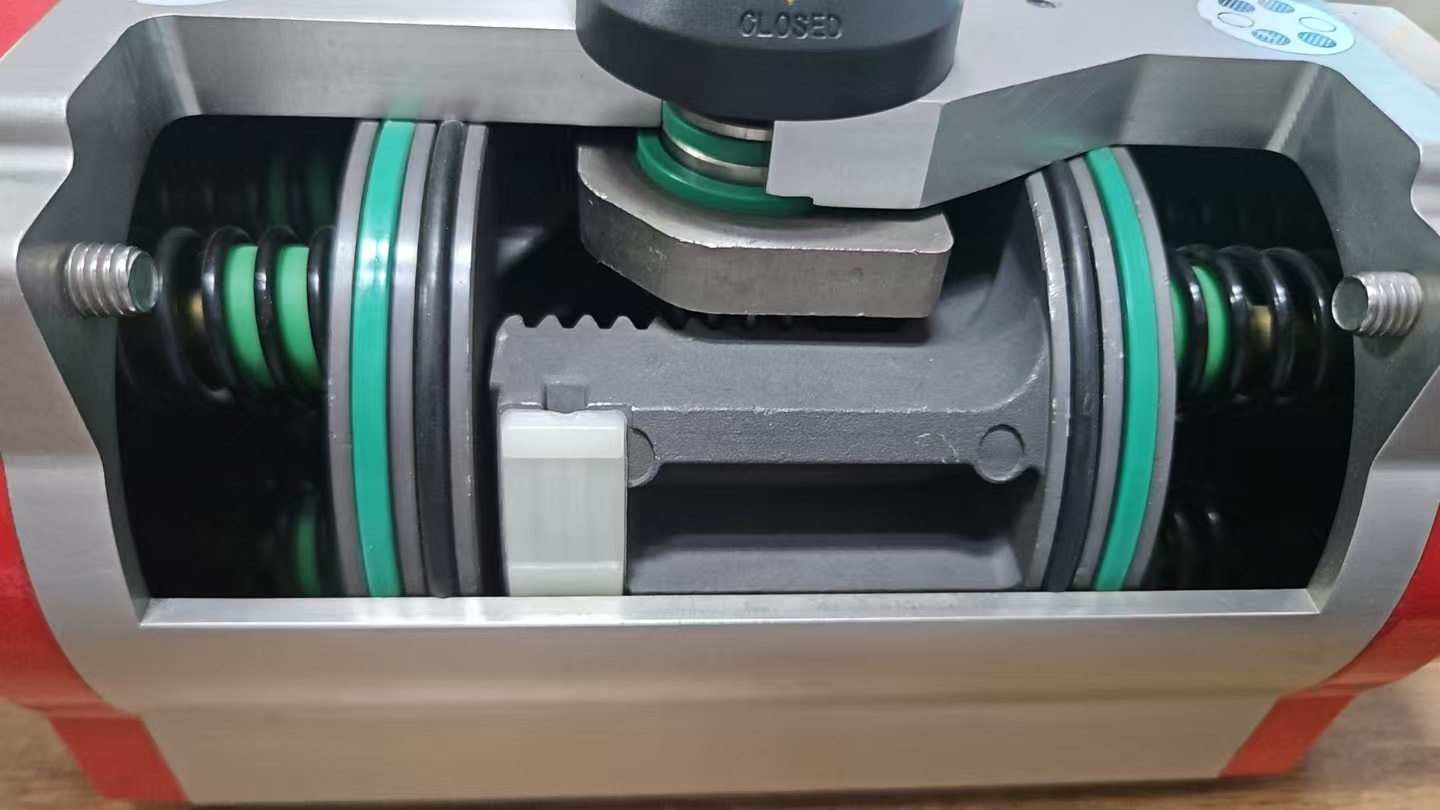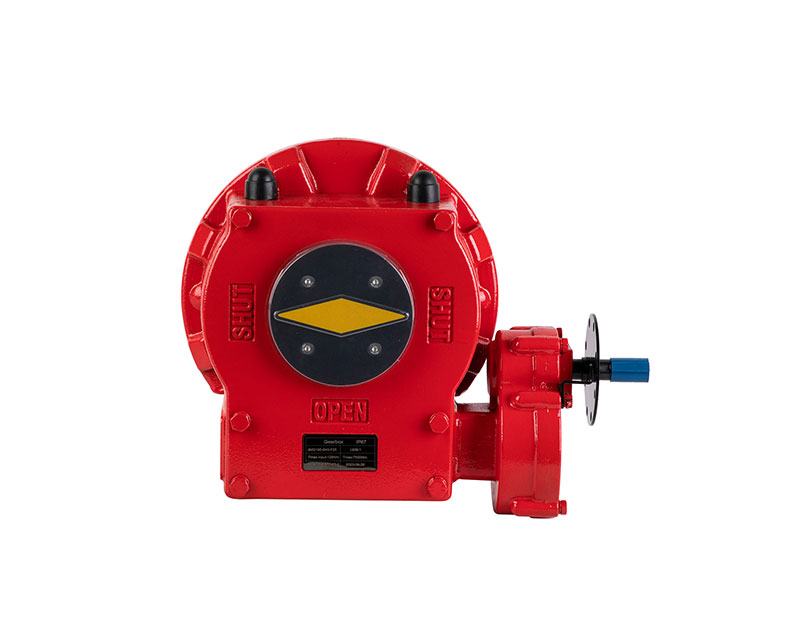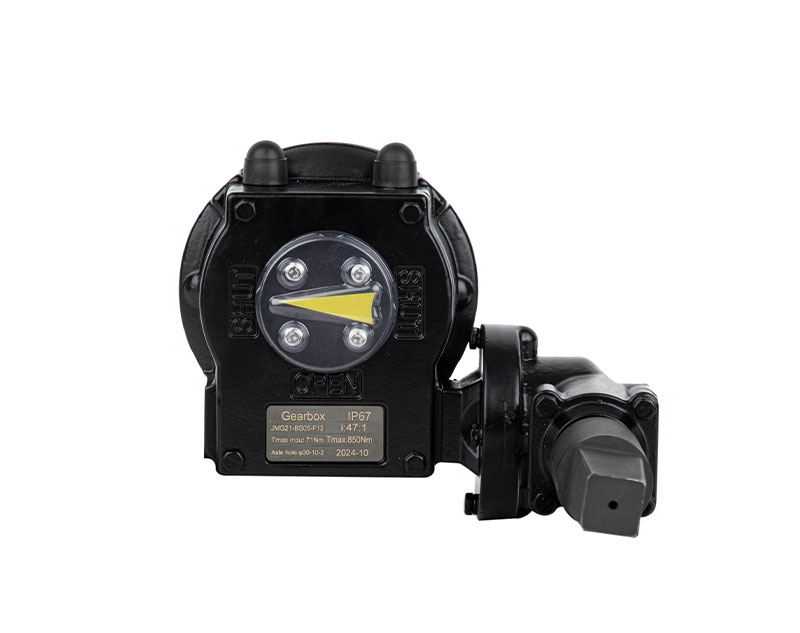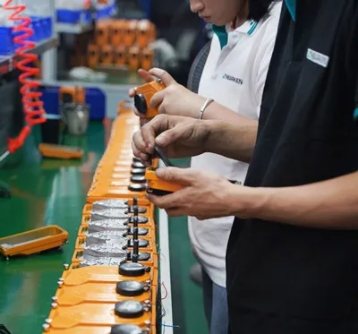The difference betweem double acting pneumatic actuator vs spring return pneumatic actuator
The HXY Series Heavy-Duty Scotch Yoke Pneumatic Actuator and JAT Series Rotary Rack and Pinion Pneumatic Actuator are designed with two operation modes: Double-Acting and Spring-Return (Single-Acting). Below is a detailed explanation of their technical features:
1. Operation Mode Differentiation
-
Spring-Return (Single-Acting): Integrated with precision spring mechanisms inside the actuator body, enabling automatic position reset upon air supply interruption.
-
Double-Acting: No internal spring system; relies on continuous bidirectional air pressure for operation.

2. Working Principles
A. Double-Acting Actuators
Equipped with two laser-marked air ports ("A" and "B") on the front surface.
Compatible with optional limit switch boxes and solenoid valves.
* Operation:
Port A pressurized: Drives piston clockwise rotation (actuator opens).
Port B pressurized: Drives piston counterclockwise rotation (actuator closes).
B. Spring-Return Actuators
* Retains the same external structure as double-acting models, with "A" and "B" ports labeled identically.
* Offers Air-to-Open (Normally Closed) or Air-to-Close (Normally Open) configurations:
①Air-to-Open (Normally Closed): Actuator opens when Port A is pressurized and automatically closes via spring force upon air loss.
②Air-to-Close (Normally Open): Actuator closes when Port B is pressurized and automatically opens via spring force upon air loss.
3. Functional Comparison
* Double-Acting:
Requires continuous air supply to maintain position.
Suitable for standard applications without critical safety requirements.
Demands bidirectional air control systems.
* Spring-Return:
Operates with momentary air supply for position switching.
Ideal for high-safety scenarios (e.g., emergency shutdowns, fail-safe systems).
Simplified control with single air supply input.
4. Advantages of Spring-Return Actuators
* Enhanced Safety: Automatic spring-driven reset under pressure loss, compliant with SIL safety standards.
* Energy Efficiency: Only momentary air supply is needed for position changes.
* Operational Flexibility: Adaptable to "Normally Open" or "Normally Closed" configurations based on process requirements.
Application Guidance:
These Pneumatic Actuators are recommended for valve control in process industries requiring high reliability. Selection between double-acting and spring-return types should prioritize safety levels, control system design, and operational continuity needs. For critical fail-safe environments, spring-return actuators are strongly advised.









